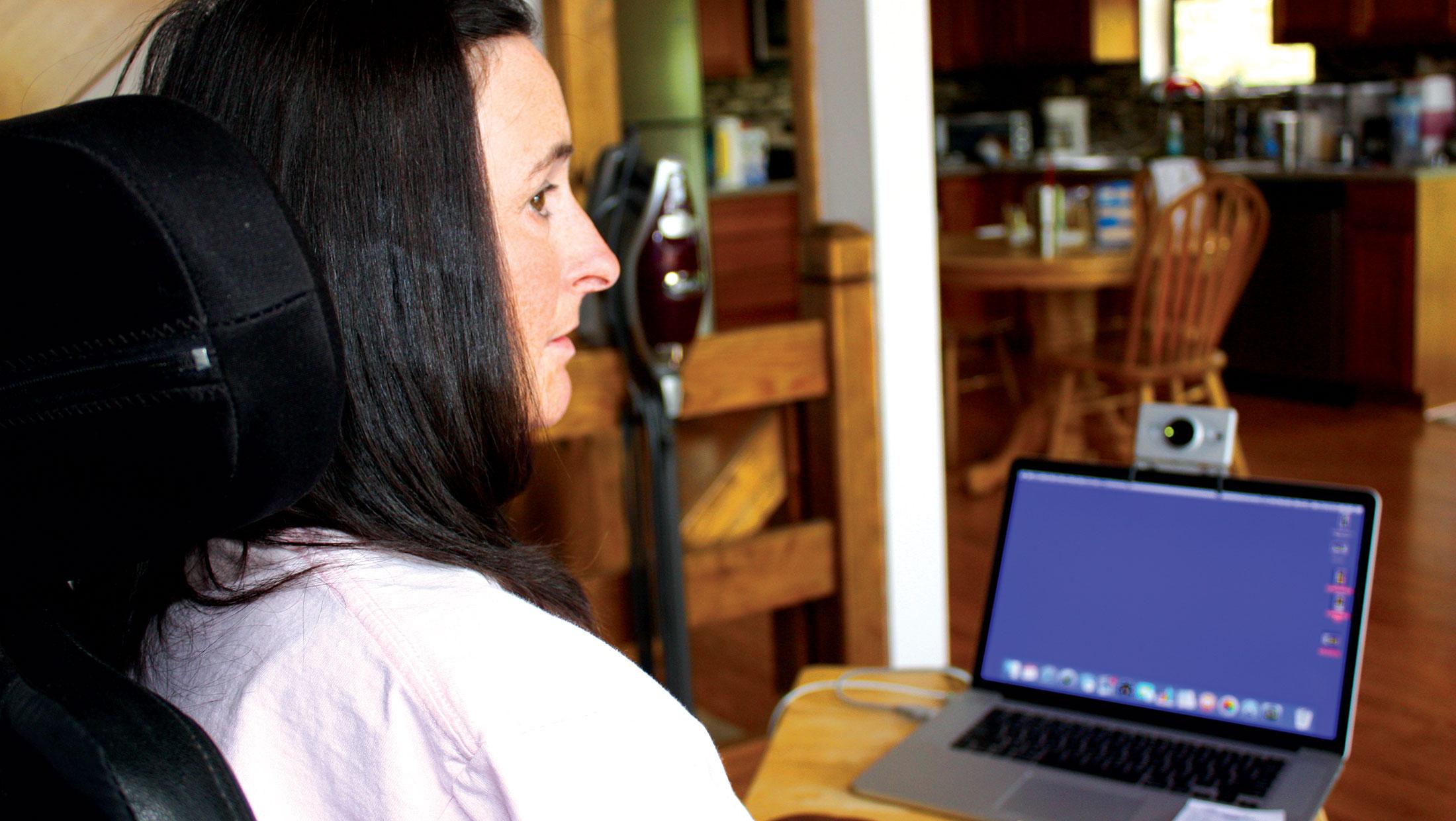


When the Centers for Medicare and Medicaid Services moved to expand access to telehealth services earlier this year a response to the social distancing put into place during the early days of the COVID-19 outbreak it marked a significant step forward in the use of digital technology to deliver health care. According to the American Medical Association, while the use of digital technology to deliver remote patient care was not widespread in 2019, adoption of telehealth has increased in recent years. While remote patient care through telehealth could be more common after the COVID-19 pandemic, the challenges created by this new technology become critical.
Marianne Keuhn is the Vice President of Care Services for the ALS Association Minnesota/North Dakota/South Dakota Chapter. She and her team have been working with their local ALS clinics using telehealth long before the pandemic began. She walked us through some of the ways one of their clinics is using telehealth to deliver care.
“Our VA clinic we work with probably has one of the best systems in place right now,” she said. “They actually send out the tools to collect the necessary vitals ahead of time as well as a secured device to connect with the doctor for the appointment.” The use of special software and remote equipment allows the team to provide care to families who face multiple challenges and barriers such as mobility, transportation, and even weather. It takes a lot to gather the equipment & supplies needed, even for a local outing, and power wheelchairs need special vans or arranged transport if families don’t own one.
Several of the chapter’s other clinic partners have also experimented with telehealth providing different levels of service. One clinic uses the virtual experience as an opportunity to provide additional follow up for patients, so they can ask questions not covered during their visit. While telehealth may not be the answer for every condition, it can help fill gaps caused by barriers and not fulfilled by traditional office visits.
A major benefit of providing long term telehealth care options to people with ALS is the decreased risk of exposure to other illnesses, in particular during this time of COVID19. “The more we learn, the more it appears this is going to endure for a while and may even produce a second wave,” she said. “The threat of the virus to a vulnerable population such as those living with ALS remains and may possibly continue for the next year or even two so we need to keep this population safe.”
Virtual technologies can provide opportunities to help families living in rural areas who don’t have local access to medical providers and specialists they need and may not typically have access to. Chapter support groups and virtual home visits enable chapter staff to interact with families providing critical care and resources while keeping them safe in their home environments and reducing the need and cost of travel.
While telehealth is expanding access to health care issues, it also creates barriers that are sometimes difficult to overcome, including inconsistent access to high quality, reliable internet service based on geography or cost, discomfort with the use of technology, and privacy.
When asked what she thought about the future of telehealth once the pandemic passes, Marianne was hopeful there would be enough data available to prove what a vital resource telehealth is and by recognizing the benefits, encourage future growth of the practice. “This pandemic will likely change the future of telehealth as we know it today,” says Marianne. “We’ve been thrust into the biggest research project, one we certainly never planned for.”
To learn more about how ALS clinics are using telehealth to treat patients during the pandemic, check out this episode of Connecting ALS.